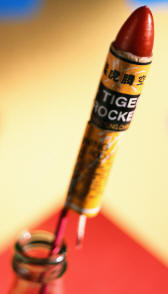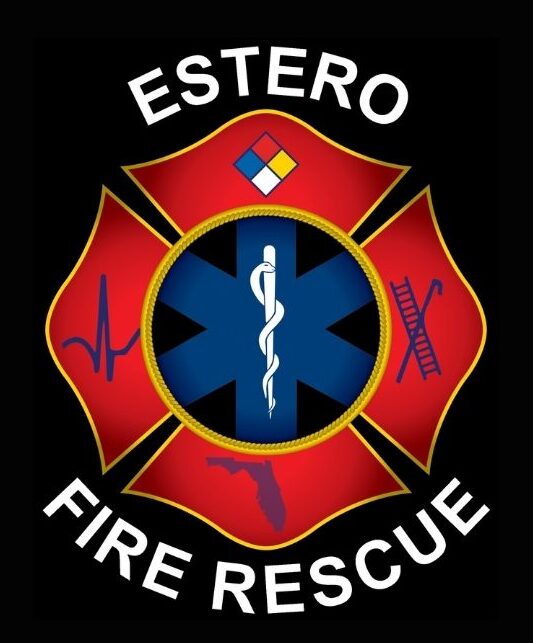 As the days grow longer and the evenings warmer, you know that summer is here. Schools are out and vacations begin; time for fun and family celebrations. But remember to take a few seconds to check for safety so that your day of fun doesn’t end with an emergency. Estero Fire Rescue wants you to remember these important tips to make your summer a happy and safe one.
As the days grow longer and the evenings warmer, you know that summer is here. Schools are out and vacations begin; time for fun and family celebrations. But remember to take a few seconds to check for safety so that your day of fun doesn’t end with an emergency. Estero Fire Rescue wants you to remember these important tips to make your summer a happy and safe one.
Fireworks have long been a tradition in this country to celebrate our independence. Big, bright and colorful, they draw awestruck crowds by the thousands each year to large events. Done by professionals, these shows are a safe way to enjoy the holiday. But each year, thousands of people are injured by backyard fireworks. In 2015, U.S. hospital emergency rooms treated an estimated 11,900 people for fireworks related injuries; 51% of those injuries were to the extremities and 41% were to the head. Children younger than 15 years of age accounted for one-quarter (26%) of the estimated 2015 injuries. The injury estimates were obtained or derived from the Consumer Product Safety Commission’s 2015 Fireworks Annual Report by Yongling Tu.
NFPA and Estero Fire Rescue ask you to consider these facts:
- Fireworks start an average of 18,500 fires per year, including 1,300 structure fires, 300 vehicle fires, and 16,900 outside and other fires. These fires caused an average of three deaths, 40 civilian injuries, and an average of $43 million in direct property damage.
- The risk of fireworks injury was two-and-a-half times as high for children ages 10-14 as for the general population.
- Sparklers can reach up to 1,200 degrees Fahrenheit and account for roughly one-quarter of emergency room fireworks injuries each year.
We urge the public to avoid the use of consumer fireworks and instead, to enjoy displays of fireworks conducted by trained professionals.
Florida currently prohibits homeowners from using fireworks with exploding or aerial properties. This means common fireworks like bottle rockets and firecrackers are prohibited. Also, take time to make sure that, in the event of a brush fire your home is safe by making your home and property Firewise.
- Have at least 30 feet of space surrounding your home that is free of flammable materials.
- Prune shrubs and cut back tree branches, especially within your chimney.
- Remove all dead plan material from around your home including dead leaves, stacked firewood and dry grass.
- Plant fire-resistant vegetation that is healthy, green and drought resistant.

